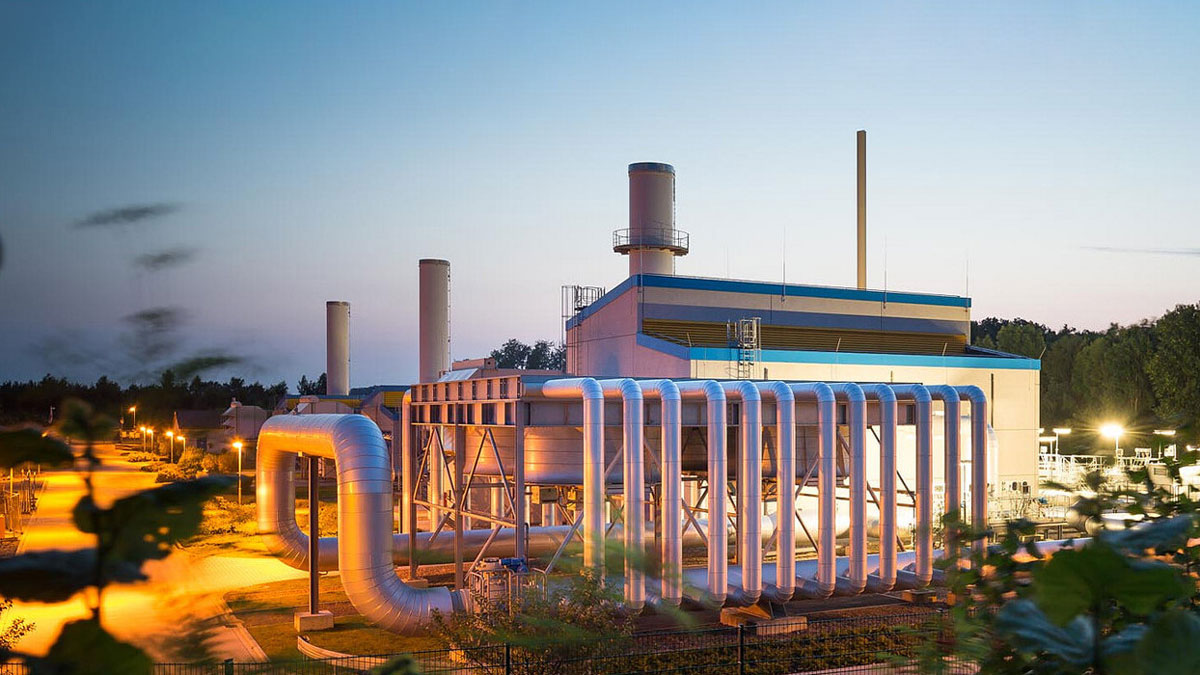ENTSOG to Incorporate Hydrogen Regulatory Framework into Gas Regulation
ENTSOG has published its position to incorporate the hydrogen regulatory framework into the gas regulation, as the most efficient way of ensuring regulatory alignment and energy system integration between the two closely related gaseous energy forms.
The European Commission (EC) are currently undertaking a review and revision of the Gas Directive 2009/73/EC and Gas Regulation (EC) No 715/2009, referred to as the Hydrogen and Decarbonised Gas Market Package.
ENTSOG believes this is an opportunity to maintain an integrated regulation of natural gas, also in decarbonised form, hydrogen, biomethane and other low carbon gases from the outset, resulting in substantial benefits both to consumers and infrastructure operators.
EC issued their EU strategy for Energy System Integration in July 2020, calling for stronger cross-sectoral links in the EU’s current system to achieve a cost-effective decarbonisation of the EU economies.
ENTSOG believes the energy system integration concept should be applied not only to gas and electricity sectors, but also to gas and hydrogen. Releasing the synergies between molecules – hydrogen, natural gas and biomethane – will be cost efficient, reinforce security of supply, ensure safety, and facilitate a properly functioning and transition of the energy market that is maintained for natural gas, and will be developed for the emerging hydrogen market.
An integrated regulatory framework for both hydrogen and gas will bring less complications for network development, network operation, technical transition and can be instrumental for proper cost allocation as well as facilitating the appropriate economic and technical framework for the gas TSOs to ensure an effective transition of assets from natural gas to hydrogen. The operational transition from natural gas to hydrogen and low carbon gases and the practice of repurposing will be a complex process, where security of supply and safety aspects will be crucial.
With respect to infrastructure efficiencies, the recently published European Hydrogen Backbone report, for example, states that more than 65% of future hydrogen infrastructure will be constructed largely from existing gas infrastructure. The costs for repurposing existing gas infrastructure are estimated to be only 1/4 of the cost of new hydrogen infrastructure. In addition, the gas TSOs have already achieved the ‘right-of-way’ for the existing gas infrastructure, which ensure not only costs savings but also substantial time savings and reduced approval uncertainties.
European Network of Transmission System Operators for Gas (ENTSOG) was founded in line with Regulation (EC) 715/2009 and has played a key role in facilitating integration of the European gas markets, ensuring technical interoperability, and providing security of supply by gas infrastructure planning.
Looking forward, ENTSOG is contributing to the net-zero decarbonisation by 2050, in particular, by the integration of renewable and low carbon gases via future-proof gas transmission pipelines, in line with the EU energy and climate goals.



